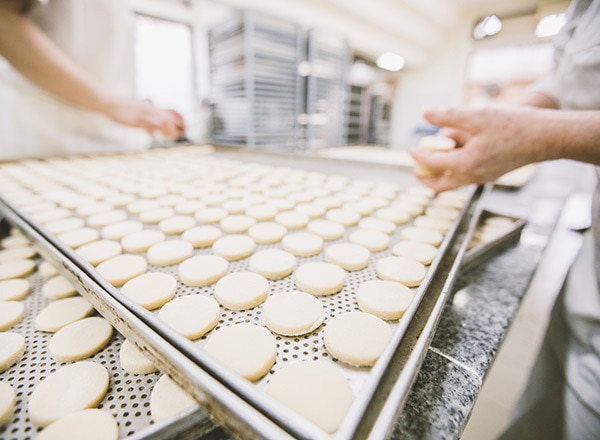A production process is a method a business uses to manufacture products for its customers. The right production process enables businesses to meet customer demand, minimize waste, and maximize profits. So, if you run a manufacturing business, it’s essential to understand the nuances of various production processes to decide which method best suits your unique needs.
In this article, we’ll cover four distinct types of production processes:
- Batch production
- Continuous production
- Flow production
- Custom production (also known as job shop or bespoke production)
These production processes are further classified in one of two ways:
- Continuous production processes: This includes flow and continuous production processes. These are large-volume processes designed to produce large amounts of inventory consistently.
- Intermittent production processes: This includes batch and custom production processes. These production processes are designed to handle small to medium-sized production.
Coming up, we’ll explore examples of each method, how they work, and best practices for implementing them.














